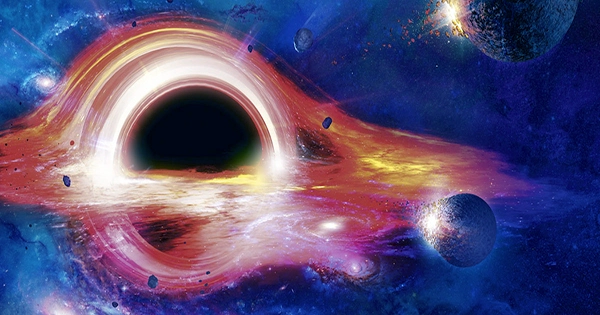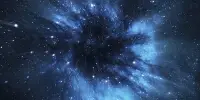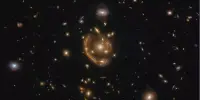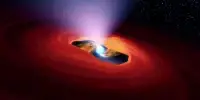Researchers at The Australian National University (ANU) have generated the most comprehensive depiction of the history of the cosmos ever created. The research also sheds light on how our cosmos may have begun.
Honorary Associate Professor Charley Lineweaver of ANU, the study’s lead author, stated that he set out to discover the origins of all objects in the cosmos.
“There were no objects like protons, atoms, people, planets, stars, or galaxies when the universe began 13.8 billion years ago in a hot big bang.” “The universe is now filled with such objects,” he remarked.
“The relatively simple answer to where they came from is that, as the universe cooled, all of these objects condensed out of a hot background.”
The researchers created two graphs to demonstrate this process as simply as possible. The first depicts the universe’s temperature and density as it expanded and cooled. The second plots the mass and size of all objects in space.

The end result is the most complete chart of all the objects in the cosmos ever generated. The findings were reported in the most recent issue of the American Journal of Physics.
Former ANU research student and co-author Vihan Patel said the findings raised several crucial points.
“Parts of this plot are ‘forbidden’—where objects cannot be denser than black holes, or are so small, quantum mechanics blurs the very nature of what it really means to be a singular object,” Patel stated.
According to the researchers, the narrative borders and what is beyond them are also a huge enigma.
“At the smallest scale, the point at which quantum mechanics and general relativity collide is the smallest possible object—an instanton.” “This plot suggests that the universe began as an instanton, which has a specific size and mass, rather than a singularity, which is a hypothetical point of infinite density and temperature,” Patel explained.
“On a grander scale, the plot implies that if there was nothing—a complete vacuum—beyond the observable universe, our universe would be a large, low-density black hole.” This is a little concerning, but we have reason to believe it is not the case.”
















